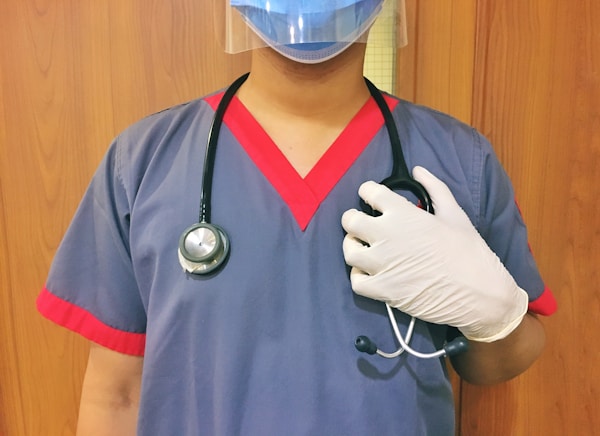The best practices for incident reporting systems in healthcare focus on creating a comprehensive, efficient, and accurate incident reporting method. A sound system will include reporting from all levels of the organization, from frontline staff to senior management. The goal is to have a system where all incidents are reported and tracked to identify and address trends. Keep reading to learn more about best practices for using an incident reporting system in healthcare.
What should you look for in a system for incident reporting?

ECRI is an independent, nonprofit organization improving care safety, quality, and cost-effectiveness across all healthcare settings worldwide. They are experts in healthcare safety and quality and leverage their deep clinical and scientific understanding to bring about change in clinical practice and healthcare policy. ECRI’s healthcare incident reporting system is one of the most comprehensive in the world, and it helps identify and investigate potential safety issues before they cause harm to patients. Their incident reporting system also tracks the performance of healthcare technologies to help improve the safety and quality of care.
When choosing an incident reporting system, you’ll want a system that effectively tracks data collection and analysis. The system should track information about each incident, including the type of incident, the location, and the severity level. This information can be used to identify trends and potential safety risks. It can also help to assess the effectiveness of safety interventions put in place by the organization.
A sound incident reporting system should also be easy to use. Staff should be able to submit reports quickly and easily using whatever method works best for them. Reports should be routed automatically to the appropriate person or department so they can respond promptly. And finally, staff should receive regular updates about how the system is working and any changes made in response to user feedback.
What are the best practices for using an incident reporting system?
The best practices for incident reporting systems in healthcare emphasize the need for a structure that is easy to use and accessible to all employees. Incident reporting structures should be designed with clear instructions on reporting an incident, who to report it to, and what information is necessary. The system should also be user-friendly so employees can easily navigate the reporting process. In addition, the system should be available 24 hours a day, seven days a week, so that employees can report incidents as they occur.
When an employee reports an incident, it’s important to provide feedback on the investigation and resolution of the incident. This feedback can help employees feel confident in the reporting system and understand the steps taken to address the issue. Employees should be informed of the outcome of the investigation, any actions taken as a result, and any changes made to prevent similar incidents from happening in the future.
Incident reporting systems are essential for tracking and investigating potential safety issues in a healthcare setting. It’s critical that these systems are kept up-to-date as new technologies and processes are implemented and that the data collected is analyzed to identify any trends or patterns.
What are ways that you can train employees on how to report incidents correctly and effectively?

Employees should be taught the definitions of different types of incidents, the importance of timely reporting, and how to complete an incident report form. They should also be aware of their contact person for reporting incidents.
Employees should be encouraged to report any incidents, regardless of how minor they may seem. Reports should be factual and include as much detail as possible. The name of the person who reported the incident should always be included on the report form.
Finally, facilities need a process for taking corrective action based on the findings of investigations into reported incidents. Corrective action may include changes to policies or procedures, retraining staff members, or disciplinary action against personnel involved in the incident.
Incident reporting in healthcare helps maintain a high quality of patient care. Healthcare organizations can identify and correct issues by having a system before they become more significant problems. Additionally, following best practices for incident reporting can help protect healthcare organizations from litigation.







